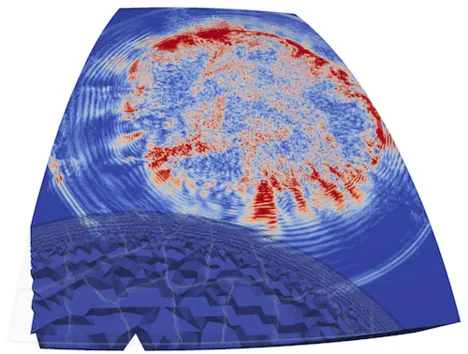Computational Seismology

The simulation of earthquake scenarios enables geoscientists to study how, where and why earthquakes emerge and what amount of ground-motion is to be expected.
Dynamic rupture processes (i.e., frictional failure at a fault) and coupled seismic wave propagation pose a computational grand challenge in seismic modelling.
The required resolution in space and time demands an immense amount of computing power, up to millions of cores.
Extensively optimized software is required to obtain an acceptable time-to-solution while maintaining energy efficiency.
We develop, in close collaboration with multiple groups (i.e., http://www.geophysik.uni-muenchen.de), strategies and solutions for high performance infrastructures.
Our group maintains two flagship codes for computational seismology: ExaHyPE and SeisSol.
Students are very welcome and will work on state-of-the-art research of the involved fields: High performance computing, Numerics and Seismology.
Ongoing research includes:
- GPU programming
- Coupling between earthquakes and tsunamis
- Advanced material models
If you are interested in a topic, do not hesitate to contact us. In particular, we are looking to fill student assistant positions at the moment.
Marc Marot-Lassauzaie, David Schneller, Mario Wille, Vikas Kurapati